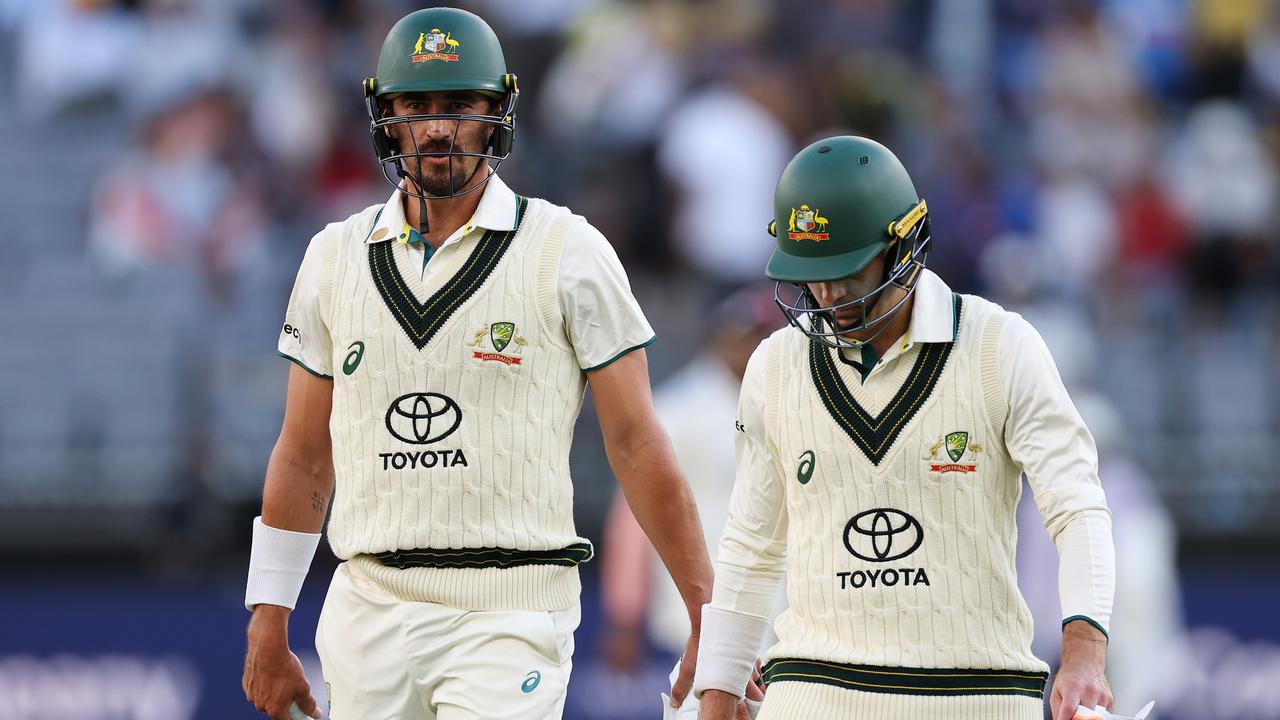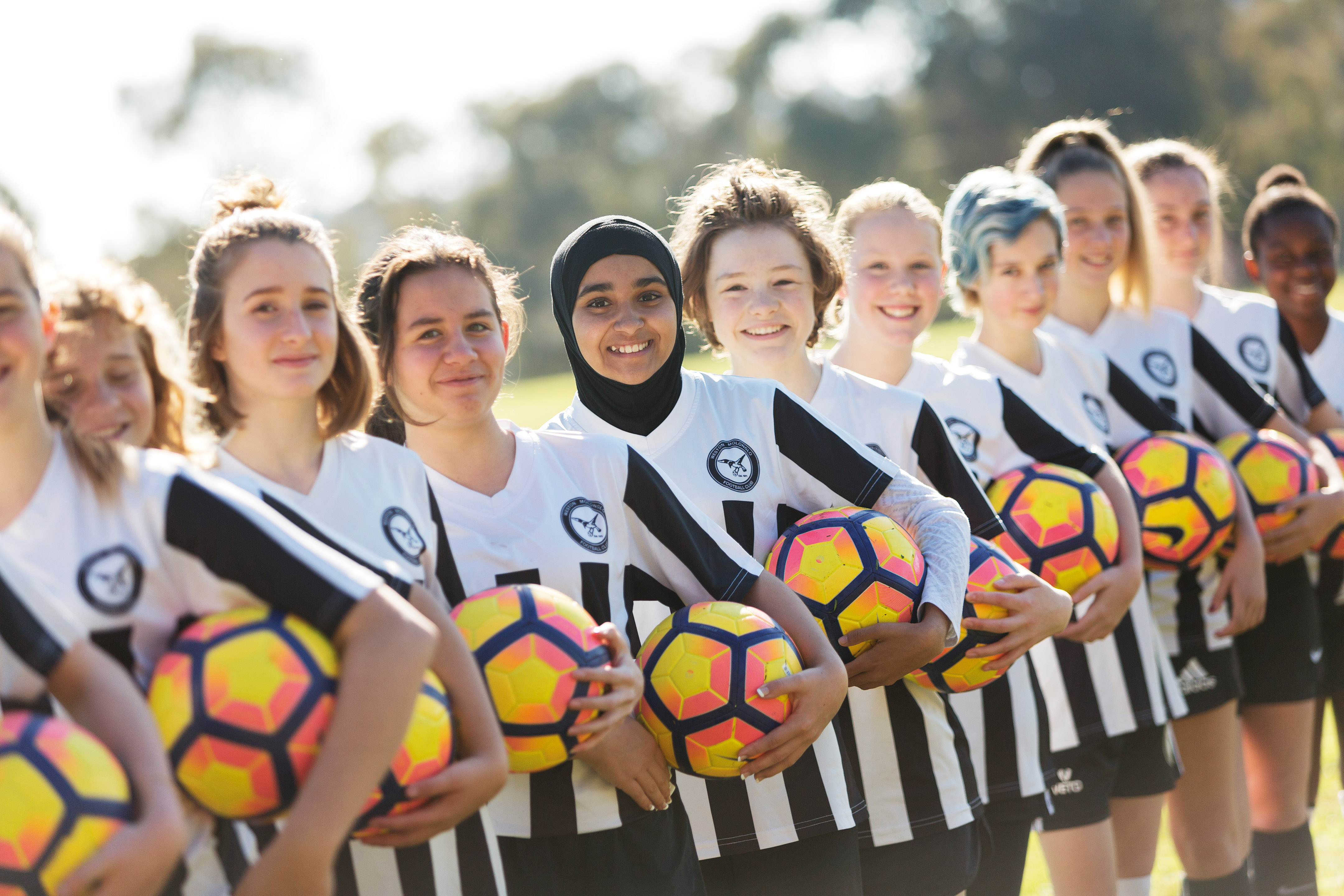Why Heather McKay might be Australia’s all-time greatest athlete

- by Admin
- May 31, 2024

Here’s an entertainingly irresolvable proposition: Heather McKay, a woman you’ve possibly never heard of, is Australia’s greatest ever athlete. Better than Don Bradman, Dawn Fraser, Rod Laver or Herb Elliott.
There’s a reductiveness, not to mention a basic absurdity, in comparing athletes across different sports and eras; across genders and the professional/amateur divide. It’s a harmless absurdity, though, and I’ll indulge it. There’s no Australian sporting record like McKay’s astonishingly sustained dominance of squash.
Yet that record exists in obscurity.
Heather McKay (née Blundell) was born in Queanbeyan, New South Wales, in 1941. She was the eighth child of 11. Her father, Frank, was a baker, working between 11pm and 5am to have bread ready for the morning’s customers. He was once a gifted country rugby league player, who loved tennis and encouraged each of his children to play sport. Frank suggested early to McKay a daily skipping-rope routine of 2000 jumps – half in the morning, the other half at night.
Heather McKay left school young and became a clerk at a local newsagent. Her principal devotions were tennis and hockey – she only took up squash to complement her fitness. She quickly found, though, that she had an innate, almost spooky, talent for it. In 1960, friends encouraged her to enter the NSW Country Championships. Having picked up the sport only months before, and having received no coaching, she won the juniors and women’s tournaments. Invited to the NSW Championships, she made the quarter-finals. Within 12 months, she was crowned Australian champion. “That was a bloody shock to everyone,” she later said.
In that first juniors tournament, she took a lesson she successfully applied throughout her career: the taming of temper. She witnessed an opponent become overwhelmed by their frustration, cursing and smashing her racquet and surrendering her concentration. It was like a “revelation” to McKay who, in her first year, could also be intemperate on the court: to excel at this sport didn’t merely require the mastery of technique but also of one’s emotions. She cultivated patience and concentration. To sharpen the latter, to fight against complacency, she’d imagine herself to be in much more difficult situations than she was ever likely to experience – facing a match point against her, for example.
In 1960, as a teenage rookie, she received another insight that stuck. This came from Hashim Khan, one of the sport’s greatest, who was touring Australia and playing in exhibition matches. McKay met Khan for a lesson in Canberra, and he recognised her ability immediately. He also recognised her cautiousness: she wouldn’t often go for winners, preferring instead to be an unerringly accurate retriever, someone who could wait for her opponent’s error. Khan encouraged her to take more initiative – to take the winners when they presented themselves. Twenty-one years later, the two would play each other in an exhibition match in Toronto.
Another early and important lesson came, forcefully, from Bob Howe, the Australian tennis champ, who had watched McKay very nearly surrender an 8-0 lead in a third game. Howe was incensed about her complacency and encouraged her to develop a “killer instinct”.
“He was furious I’d let her off the hook,” McKay wrote in Heather McKay’s Complete Book of Squash (1977). “He said that, in any tournament, my job was to walk out on court and get the match over with, favourably, as quickly as possible. Never, he said, ease up on an opponent. Not ever.”
Towards the end of her career, McKay would say this instinct was the most essential part of success after technical skill.
Related to this was an almost obsessive discipline – in training, fitness and refining tactics. “Natural ability has a lot to do with [success], whatever causes that,” McKay once said. “But let’s face it: some people with natural ability just couldn’t care less. I care.”
At 168 centimetres tall and lithe, Heather McKay had incredibly strong legs and a gracefully economical swing. She preferred lighter racquets, with an even distribution of weight, and ones with square rubber grips, rather than the classically round/moulded ones, because she felt it better oriented her own grip on the handle. Unusually, she believed in one grip for all shots – she never adjusted for backhands, serves or overheads. The drop shot was a later inclusion in her repertoire, proving to be the most difficult for her to master. It was a “devil of a shot”, she later wrote, but she also described it as the most “civilised” – there was no ferocity to it, it was all finesse.
She always wore a gold charm of a four-leaf clover for luck and prided herself on a “neat and tidy” appearance – it was “undignified and impolite” to dress sloppily on court, she said. She was also, between the ages of 20 and 25, an ardent smoker – usually lighting 20 a day. She spoke plainly and was unflappable on the court.
Between 1962 and her retirement in 1981, McKay won every Australian Championship she entered – 14 in total – and every British Open which, for most of that time, was also the de facto world championship. Of those there were 16. When the official World Championship was created, she entered twice – in 1976 and 1979 – and won both, defeating usually much younger opponents along the way. Between 1962 and 1981, Heather McKay did not lose a single match. Not one. In fact, she barely dropped a game. In the 1965 British Open final against Anna Craven-Smith, McKay won the match in just 14 minutes. Her total court time over the tournament’s five matches was just a little over an hour.
McKay’s dominance was freakish and total. In 1967, McKay beat Dawn Fraser and Lionel Rose to be crowned the ABC’s Sportsman of the Year (the award bore that name, despite it being open to women, until 1983). In 1974, London’s The Times wrote that McKay was “one of the few genuinely great sporting figures of our time”. Australian rugby legend turned commentator Rex Mossop wrote in 1975 that “I regard Heather McKay as probably the finest athlete Australia has produced.”
Despite these acknowledgements, there wasn’t much media interest in McKay at the time. McKay herself attributed this not to her gender but to her chosen sport’s relative unpopularity in Australia. Nor has squash ever been an Olympic sport (something that will change in Los Angeles in 2028). The reason often given for this also helps explain why the sport has never assumed mass commercial appeal: it’s difficult to televise. This was especially true before the introduction of glass walls and camera peepholes, but the great pace of the action and the small size of the ball are simply hard to track on television.
McKay also felt her success became monotonous, predictable and thus of little interest to journalists. Her mother once said to McKay she knew she was winning because there were no stories about her in the paper. Such singular dominance can also, unfortunately, invite suspicion: that the era’s competition must be shallow to allow one person to prevail so completely.
Throughout McKay’s historic career, she barely made a cent. She played largely in the amateur era and for nine years of her career she worked as a receptionist at Sydney’s Bellevue Hill Squash Centre. To help make the money for her travel to London each year, she took up extra work as a taxi dispatcher. When she was 25, McKay was asked by an English reporter why she kept at it when there was seemingly so little compensation. “I won’t go on the court and slave,” she said. “I enjoy playing. I love the game and that’s why I keep at it.”
McKay was appointed a Member of the Order of the British Empire (MBE) in 1969, and a Member of the Order of Australia (AM) a decade later. In 2018, she was made an Officer of the Order of Australia (AO) for her distinguished service to squash. Her induction into the Sport Australia Hall of Fame came in 1985, and her elevation to Legend status in 2000.
Towards the end of her career, she moved with her husband, Brian – also a professional squash player, who she’d met at the Bellevue Hill centre – to Toronto. The city was something of a Western mecca for the sport, and there she coached and played in Masters competitions. By the end of the ’70s, McKay also had picked up racquetball. Five Canadian titles and three United States crowns followed.
As American squash pro Frank Satterthwaite would attest: “[What made] Heather so great for so long [was] her absolute refusal to yield … she has the extra, the incredible determination that transcends everything else.”
This article was first published in the print edition of The Saturday Paper on
June 1, 2024 as “The greatest”.
For almost a decade, The Saturday Paper has published Australia’s leading writers and thinkers.
We have pursued stories that are ignored elsewhere, covering them with sensitivity and depth.
We have done this on refugee policy, on government integrity, on robo-debt, on aged care,
on climate change, on the pandemic.
All our journalism is fiercely independent. It relies on the support of readers.
By subscribing to The Saturday Paper, you are ensuring that we can continue to produce essential,
issue-defining coverage, to dig out stories that take time, to doggedly hold to account
politicians and the political class.
There are very few titles that have the freedom and the space to produce journalism like this.
In a country with a concentration of media ownership unlike anything else in the world,
it is vitally important. Your subscription helps make it possible.
The Latest News
-
November 23, 2024Katy Perry receives good news amid legal battle with Australian designer
-
November 23, 2024Perth onslaught exposes glaring Aussie absence; legend’s warning for ‘deflated’ Lyon — Talking Pts
-
November 23, 2024Tammy Hembrow marries reality TV star in stunning ceremony
-
November 23, 2024South African prodigy a PGA threat
-
November 23, 2024Round three tee-times – PGA Championship of Australia





